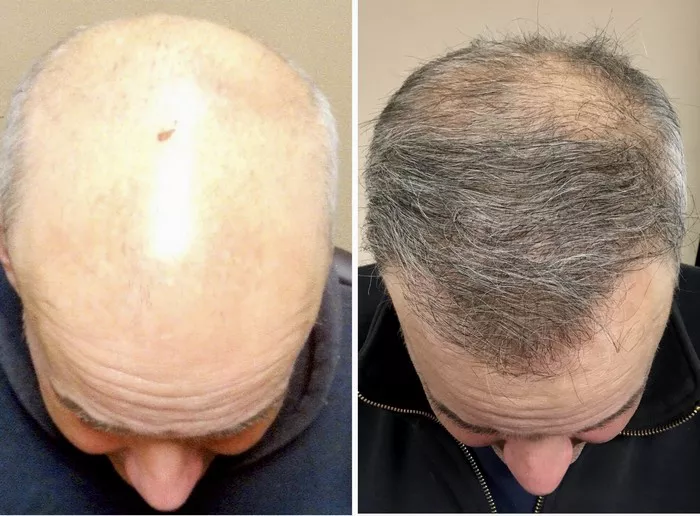Hair transplant surgery is a popular and effective method for restoring hair growth in individuals experiencing baldness or thinning hair. The procedure involves the transplantation of healthy hair follicles from one area of the body (donor site) to the areas with hair loss (recipient sites). After undergoing such a transformative procedure, patients often wonder when it’s safe to resume wearing hats, as they are a common accessory that can impact the healing process.
In this article, we will discuss the recommended timeline and guidelines for wearing hats after a hair transplant surgery. It’s crucial to follow these suggestions to ensure optimal recovery and the best possible outcome from your hair restoration procedure.
The Initial Recovery Period:
Immediately following hair transplant surgery, your scalp will be in a delicate state as it begins the healing process. The first few days are critical for ensuring the successful engraftment of transplanted hair follicles. During this time, you should avoid any activity that may put pressure on or disturb the newly implanted grafts, including wearing hats.
Days 1 to 3:
It is generally advised to avoid wearing hats during the initial three days post-surgery.
Let your scalp breathe and heal without any additional pressure or friction that hats may cause.
Follow your surgeon’s instructions regarding cleaning and care to keep the scalp clean and free from infection.
Days 4 to 7:
As your scalp starts to recover, you can gradually reintroduce lightweight and loose-fitting headwear if necessary.
Opt for soft caps made of breathable materials like cotton.
Avoid hats that are tight-fitting, as they may rub against the grafts and hinder the healing process.
The Subsequent Recovery Phase:
After the first week, your hair transplant grafts will have settled to some extent, but they are still delicate and require careful handling. It is essential to strike a balance between protecting your scalp and ensuring the optimal healing of the transplanted hair follicles.
Weeks 2 to 4:
During this period, it’s generally safe to wear hats, but with certain precautions.
Choose hats that provide ample room for your scalp to breathe and avoid any pressure on the grafts.
Opt for loose-fitting caps or wide-brimmed hats that do not sit tightly against your head.
Avoid baseball caps or hats with tight elastic bands, as they can cause friction and damage the grafts.
Weeks 5 to 8:
As you progress further into your recovery, wearing hats becomes less restrictive.
By this stage, the transplanted hair follicles would have developed a more secure blood supply, making them less vulnerable to external pressures.
However, it’s still advisable to opt for gentle headwear without tight bands or constrictions.
Beyond 8 Weeks:
After two months, your transplanted hair grafts should be well-established, and you can resume wearing hats as you normally would.
Keep in mind that even at this stage, it’s crucial to select hats that are comfortable, breathable, and do not cause excessive friction or pressure on the scalp.
General Guidelines for Hat Usage:
In addition to the timeline mentioned above, here are some general guidelines to follow when wearing hats after a hair transplant:
Cleanliness:
Ensure your hats are clean and free from dirt or bacteria to prevent any potential infections or complications.
Loose Fit:
Always choose hats that fit loosely and do not exert pressure on the scalp or grafts. Tight headwear can disrupt circulation and hinder the healing process.
Breathable Materials:
Opt for hats made of breathable fabrics like cotton or linen to allow air circulation and minimize sweating.
Sun Protection:
If you’re wearing a hat outdoors, make sure it provides adequate protection from the sun’s harmful UV rays to prevent sunburn or damage to your scalp.
Conclusion:
Wearing a hat after a hair transplant surgery requires careful consideration and adherence to the recommended timeline and guidelines provided by your surgeon. By allowing sufficient time for graft healing and choosing appropriate headwear, you can protect your newly transplanted hair follicles while enjoying the benefits of a stylish accessory.
Remember, every patient’s recovery process may vary, so it’s crucial to consult with your surgeon about specific post-operative instructions tailored to your unique situation. Following these guidelines will ensure a successful outcome and help you achieve optimal results from your hair transplant surgery.


